Tarsal Tunnel Syndrome: Managing Foot Pain
Oct. 25, 2023 #Heel Pain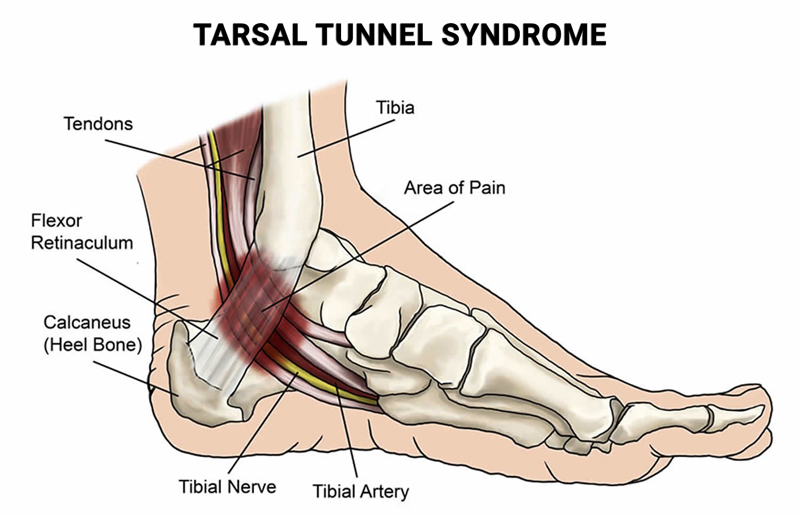
Understanding Tarsal Tunnel Syndrome
Tarsal tunnel syndrome is a condition that affects the foot and ankle. It occurs when the tibial nerve, which runs along the inside of the ankle, becomes compressed or entrapped. This compression can result in pain, tingling and numbness in the affected area.
Causes of Tarsal Tunnel Syndrome
Tarsal tunnel syndrome can be caused by various factors:
- Flat Feet: People with flat feet are more prone to developing tarsal tunnel syndrome. The lack of arch support puts additional pressure on the tibial nerve, leading to compression.
- Ankle Sprains: Trauma or injury to the ankle, such as a sprain, can cause inflammation and swelling. This can contribute to the compression of the tibial nerve.
- Systemic Conditions: Conditions like diabetes and arthritis can increase the risk of tarsal tunnel syndrome. These conditions cause inflammation and nerve damage, making the tibial nerve more susceptible to compression.
Symptoms of Tarsal Tunnel Syndrome
Tarsal tunnel syndrome presents various symptoms, including:
- Tingling Sensations: Individuals may experience a tingling sensation in their foot, similar to pins and needles or a "creepy-crawly" feeling.
- Numbness: Numbness can occur in the sole of the foot, the toes or other areas innervated by the tibial nerve.
- Burning Sensations: Some people feel a burning sensation in the affected foot, accompanied by increased sensitivity to touch or temperature changes.
- Sharp, Shooting Pain: Sharp, shooting pain radiating from the inside of the ankle to the arch of the foot is a common symptom of tarsal tunnel syndrome. It may worsen with activity or prolonged standing.
Treatment Options for Tarsal Tunnel Syndrome
Treatment for tarsal tunnel syndrome depends on the severity of the condition. Options include:
Conservative Methods
- Rest: Avoiding activities that aggravate symptoms helps reduce inflammation and relieve pressure on the tibial nerve.
- Ice: Applying ice packs reduces swelling and numbs the area temporarily for relief.
- Physical Therapy: Exercises, stretches, and techniques like ultrasound or electrical stimulation improve foot mechanics, reduce pressure on the tibial nerve, and alleviate pain.
Steroid Injections
Steroid injections of anti-inflammatory medications can provide temporary relief when conservative methods are insufficient to alleviate symptoms.
Surgery
In severe cases where conservative methods and steroid injections fail, surgery may be necessary. Various surgical techniques aim to release the compression on the tibial nerve and create more space within the tarsal tunnel.
Improving Quality of Life with Tarsal Tunnel Syndrome
Managing tarsal tunnel syndrome effectively can lead to symptom relief and improved quality of life. Here are some key approaches:
Personalized Treatment Plan
Working closely with healthcare professionals helps develop a customized treatment plan based on individual needs and the severity of the condition.
Conservative Methods for Symptom Relief
Resting, applying ice packs, and engaging in physical therapy exercises are effective in reducing inflammation, improving foot mechanics, and relieving pressure on the tibial nerve.
Steroid Injections for Temporary Relief
In more severe cases, anti-inflammatory steroid injections can temporarily alleviate inflammation and pain, enabling comfortable participation in physical therapy.
Surgical Intervention
If compression on the tibial nerve persists or conservative methods fail, surgery can release the compression and create more space within the tarsal tunnel, improving symptoms and restoring function.
Early diagnosis, timely intervention, and collaboration with healthcare professionals are crucial in effectively managing tarsal tunnel syndrome. With appropriate treatment, individuals can find relief, improve their quality of life, and regain the ability to engage in daily activities without pain and discomfort.

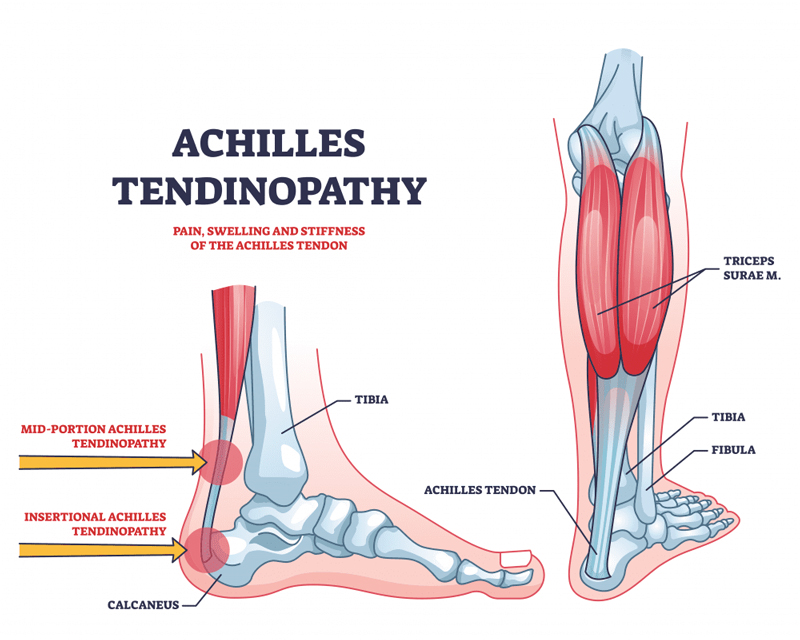
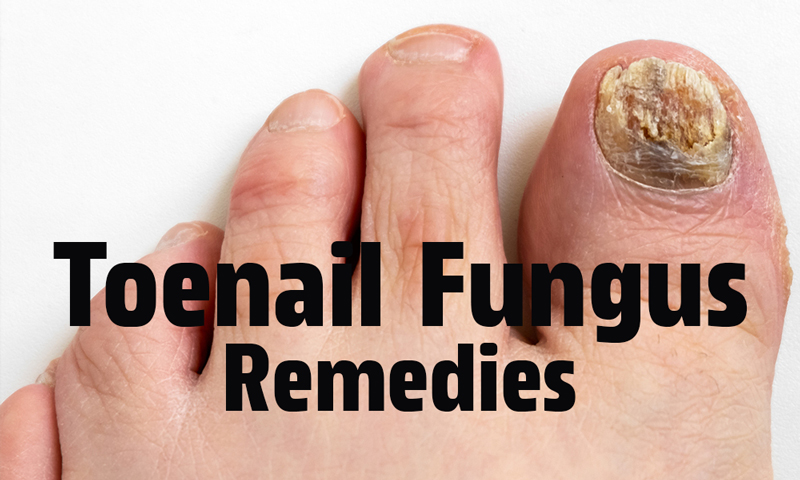
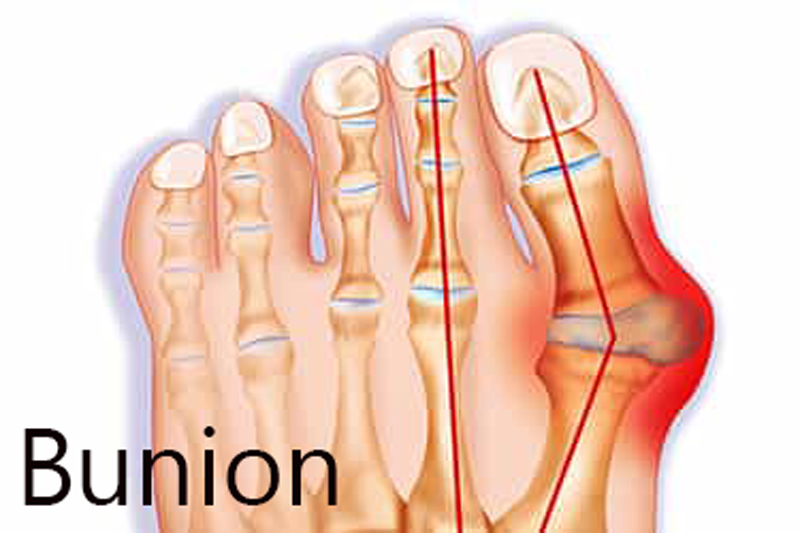
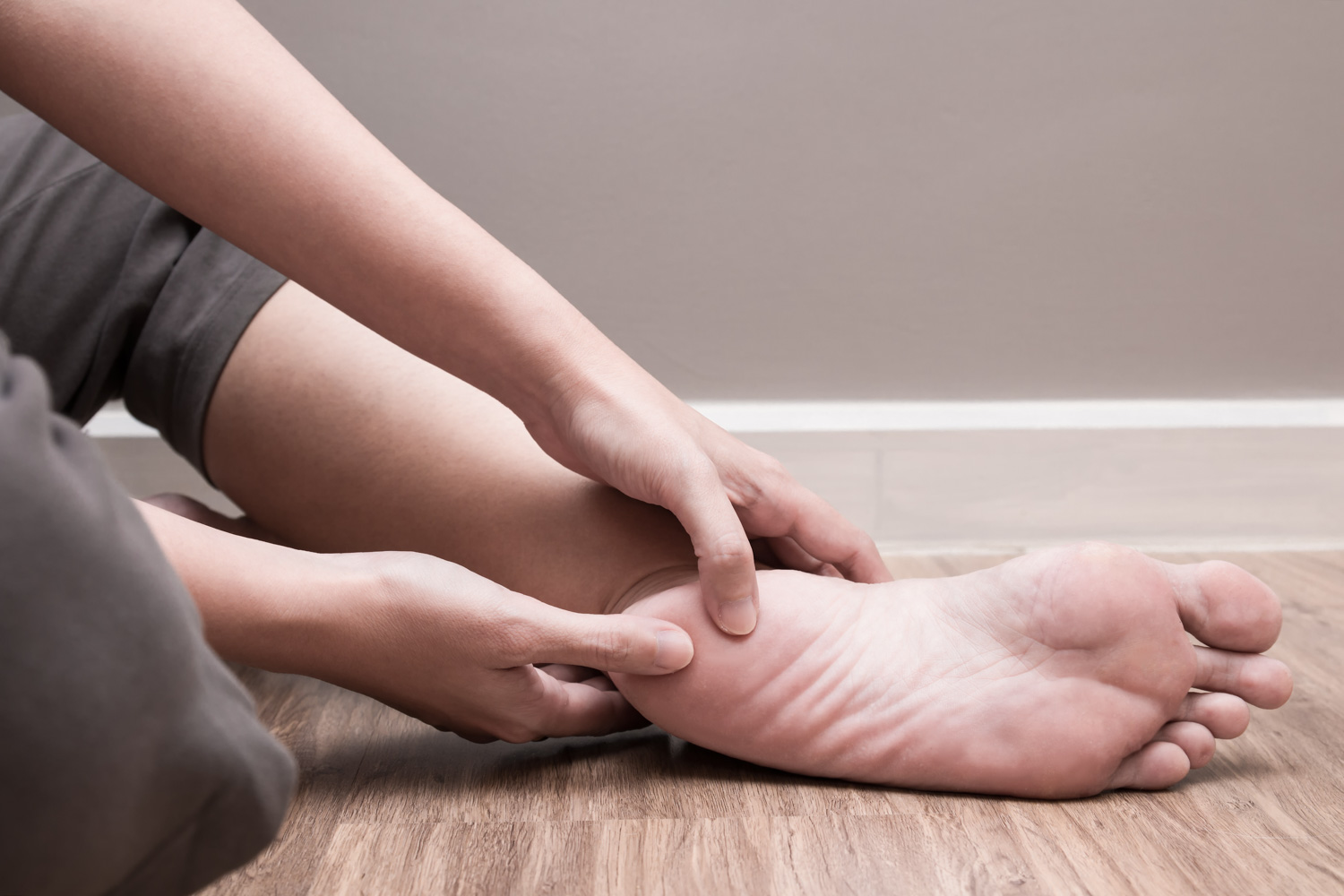
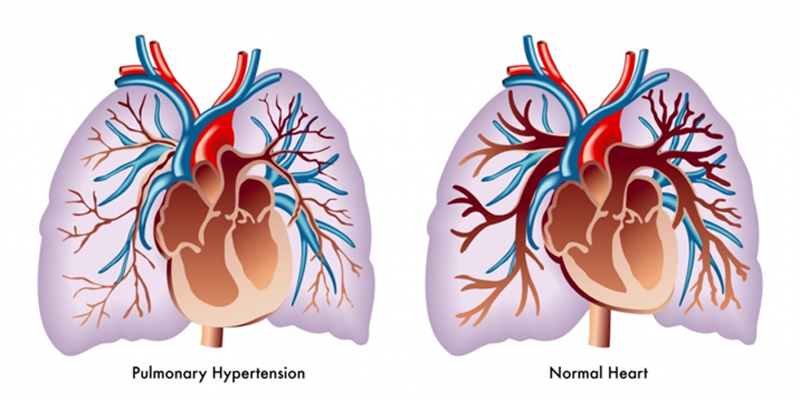
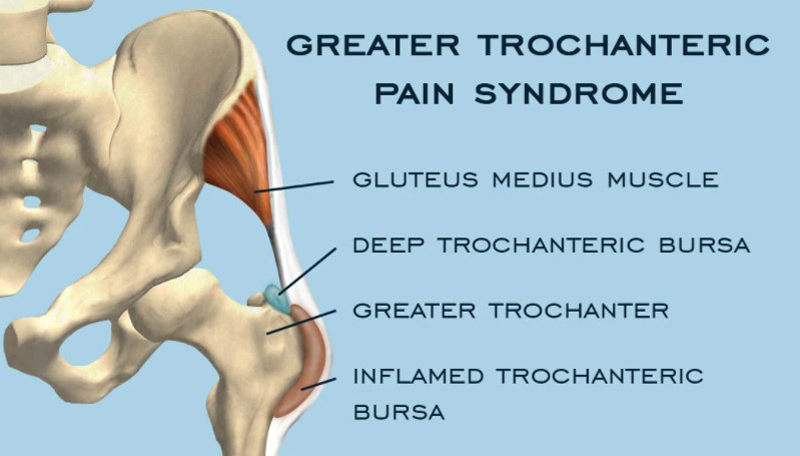
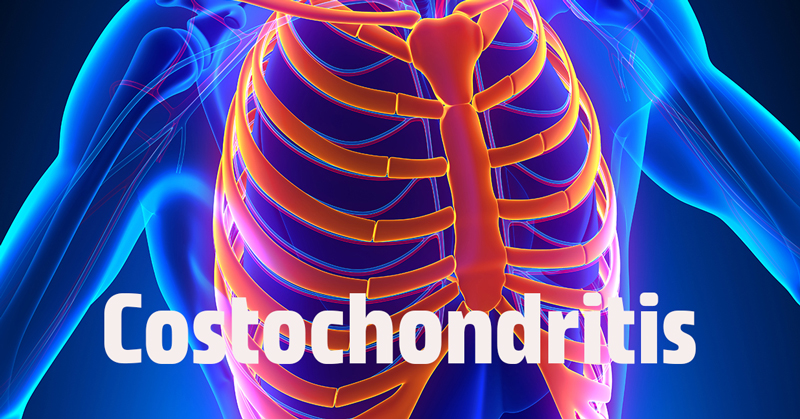
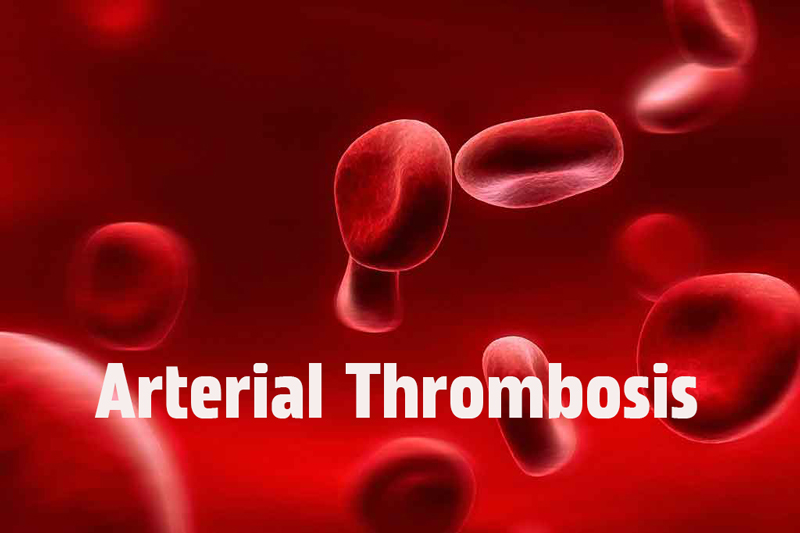
COMMENTS